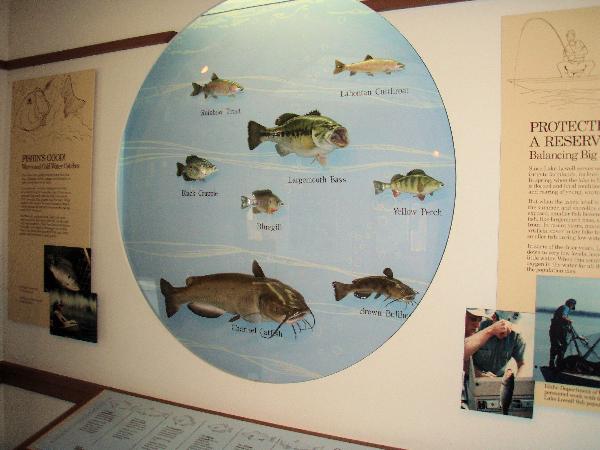
Lake Lowell - Nampa, ID
Posted by:  silverquill
silverquill
N 43° 33.492 W 116° 38.839
11T E 528485 N 4822865
The Deer Flat embankment was completed in 1909 and Pres. T. Roosevelt established a National Wildlife Refuge here. The 9,000-acre Lake Lowell is largest off-stream reservoirs in the American west, with the capacity to irrigate over 200,000 acres.
Waymark Code: WM2REW
Location: Idaho, United States
Date Posted: 12/13/2007
Views: 89
Before settlement, the area that was to become Deer Flat National Wildlife Refuge was a low-lying area with many springs. In winter, herds of deer and elk came from the mountains to eat the abundant grasses. Early settlers observing these herds dubbed the area Deer Flat.
Needing water to irrigate crops, settlers initially restricted their settlements to the areas close to rivers. The local desert had fertile soil and only lacked water to make it productive for agriculture.
The obvious solution was to establish irrigation reservoirs. In response to this problem across the arid west, President Theodore Roosevelt established the Bureau of Reclamation in 1902. Land owners near Deer Flat, led by a Mr. J.H. Lowell, lobbied this new agency for a local reservoir that would allow them to develop their land. The lobbying efforts were successful, and in 1906, the Bureau of Reclamation began work on Deer Flat Reservoir, which would later be renamed Lake Lowell in honor of the man who got it all started.
Between 1906 and 1909, crews of men built two large and two small earthen embankments, or dams, to contain the reservoir. Some members of these crews were "common drunks collected by the Nampa police force," but the dams got built.
A small-gauge train was used to haul, dump, and compact material at the Upper Dam. Horse teams were used at the Lower Dam. Workers also constructed a diversion dam on the Boise River and enlarged the New York Canal (named for the origin of its investors), which brings water from the Boise River to the reservoir.
The reservoir was completed in 1909 at a cost of $2,500,000. Unfortunately, local landowners greeted it with outrage rather than cheers. Most of the water first used to fill the reservoir either evaporated or leaked out! Fortunately, the reservoir soon began holding water. Lake Lowell is now one of the largest off-stream reservoirs in the American west, with the capacity to irrigate over 200,000 acres of land.

FISH DISPLAY - DEER FLAT NATIONAL WILDLIFE REFUGE - LAKE LOWELL, IDAHO
Coordinates are given for the southeast corner of the embankment where there is parking and lake access, including a boat ramp. There is good fishing from docks here, from the embankment (when the water level is sufficient), and from boats. Large moth bass, yellow perch, black crappie, some rainbow trout and catfish can be found here.
Since my aunt and uncle and family live across the road from this spot, I saw a lot of fishing here over the years. I just don't understand a whole lot about it.